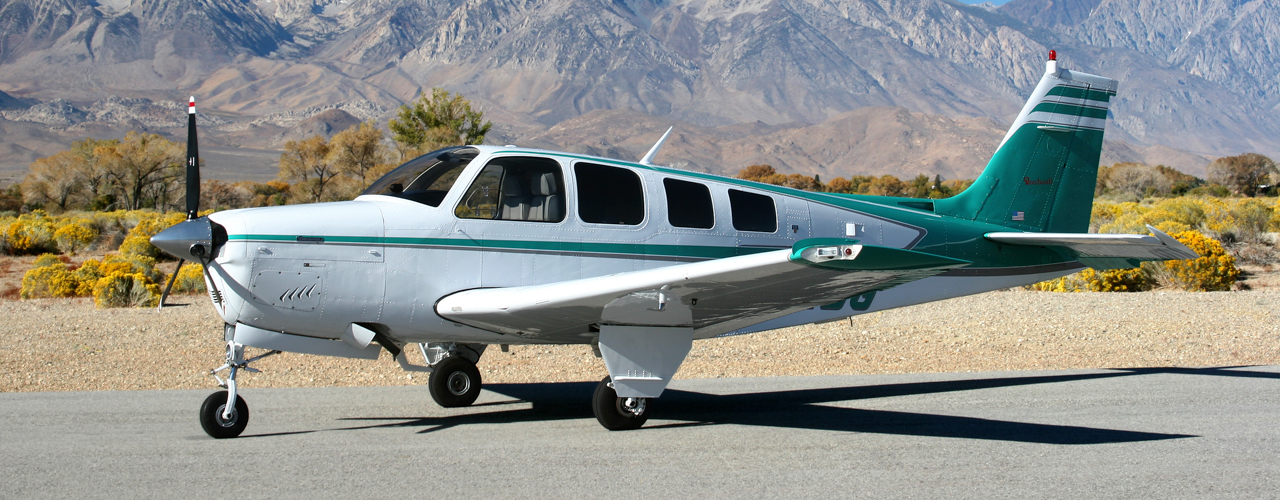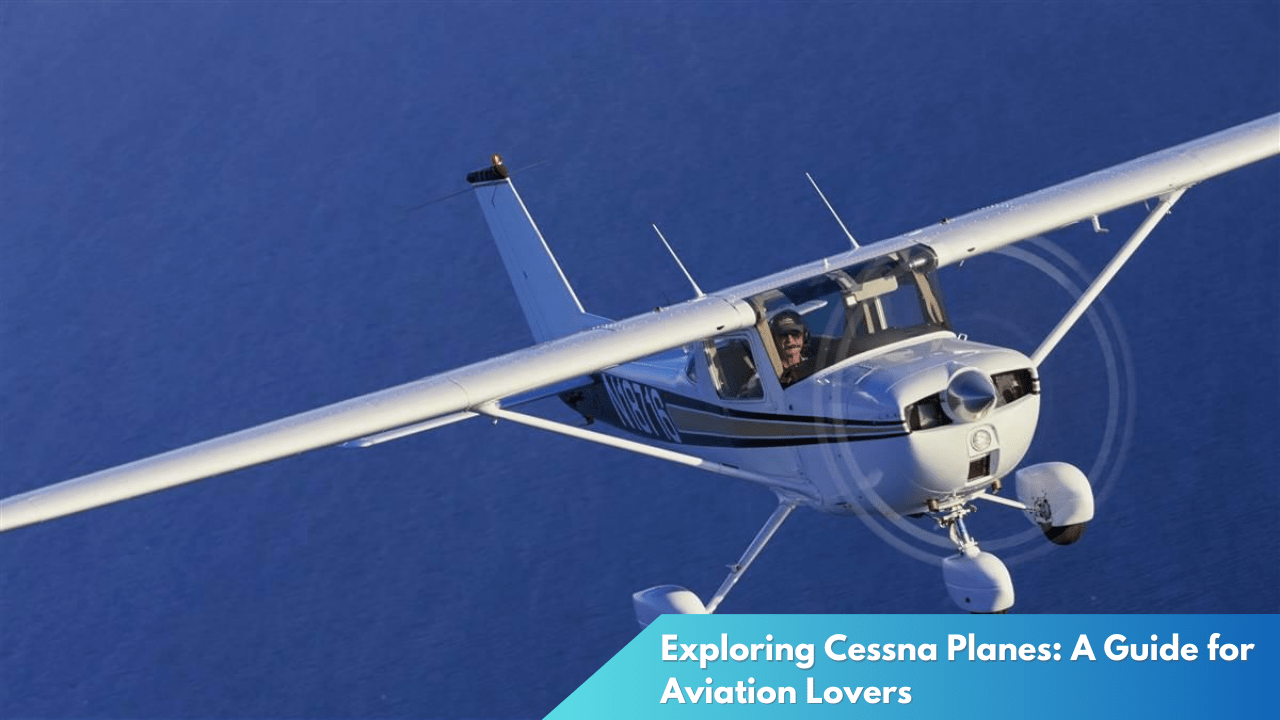Tracing the Legacy and Innovation of Bonanza Aircraft
The Beechcraft Bonanza, first introduced in the late 1940s, holds a unique place in aviation history. Known for its distinctive V-tail design and unparalleled performance, it has captivated pilots and aviation enthusiasts for decades. As we explore the legacy and technological advancements of the Bonanza aircraft, we uncover a tale of enduring innovation and commitment to excellence that continues to shape its future in the skies.
Tracing the Legacy of Bonanza Aircraft
The Beechcraft Bonanza’s legacy began in 1947 when it was first introduced by Beech Aircraft Corporation. Designed as a high-performance, single-engine, general aviation aircraft, the Bonanza quickly set itself apart with its revolutionary V-tail design, which aimed to reduce drag and improve efficiency. This tail configuration, combined with its all-metal construction and retractable landing gear, marked a significant departure from the wood-and-fabric aircraft of its time, setting new standards for speed, comfort, and reliability in private aviation.
Throughout the decades, the Bonanza has proven itself to be a workhorse in the skies. Its versatility has made it a favorite among private pilots, commercial operators, and military organizations alike. Over the years, the aircraft has been adapted for a wide range of uses, from aerial surveying and cargo transport to medical evacuation and pilot training. With more than 17,000 units built, the Bonanza holds the record for the longest continuous production of any aircraft in history, a testament to its enduring appeal and performance.
Beyond its technical specifications, the Bonanza has also carved out a cultural legacy. It has been widely featured in films and literature, often symbolizing freedom and adventure. Its development has inspired generations of engineers and designers in the aviation industry, influencing the designs of future aircraft. As a result, the Bonanza is not merely an aircraft but an icon, representing the evolution and progress of aviation technology over the past seven decades.
Innovations Shaping Bonanza’s Future

As the aviation industry embraces new technologies and responds to evolving demands, the Bonanza has not remained static. Modern iterations of the aircraft have incorporated advanced avionics systems, including state-of-the-art GPS, autopilot, and weather radar technologies. These enhancements have significantly improved the safety and navigational capabilities of the aircraft, making it more accessible and appealing to a new generation of pilots seeking both performance and reliability.
In addition to avionics, recent advancements have also focused on optimizing the Bonanza’s power and efficiency. The introduction of more fuel-efficient engines and lightweight composite materials has helped reduce operational costs while maintaining the aircraft’s renowned performance. These changes not only make the Bonanza more environmentally friendly but also extend its range and payload capacity, ensuring it remains competitive in the evolving landscape of general aviation.
Looking ahead, Beechcraft and its parent company, Textron Aviation, are exploring further innovations to keep the Bonanza relevant in a rapidly changing airspace. Emerging technologies, such as electric propulsion and hybrid systems, are being evaluated for future integration, promising to enhance the Bonanza’s sustainability and performance. As these innovations unfold, the Bonanza continues to embody the spirit of ingenuity and adaptability that has defined its legacy.
The Beechcraft Bonanza’s rich history and innovative strides cement its status as both a cornerstone of aviation heritage and a beacon for future advancements. By continually embracing new technologies and adapting to the needs of pilots and passengers, the Bonanza ensures its place in the skies for generations to come. As it evolves, the Bonanza remains a testament to the enduring ingenuity and passion that drive aviation forward.




